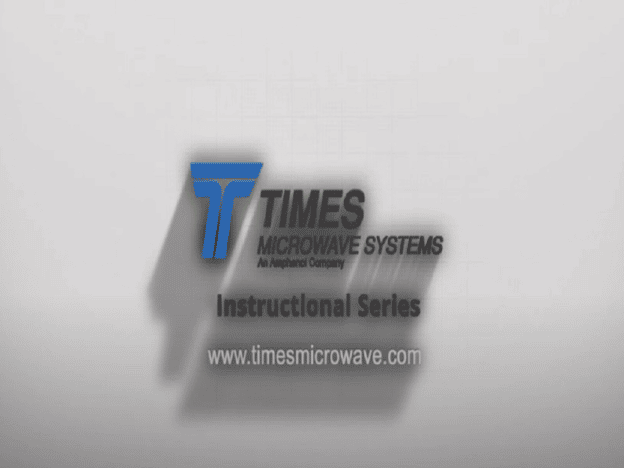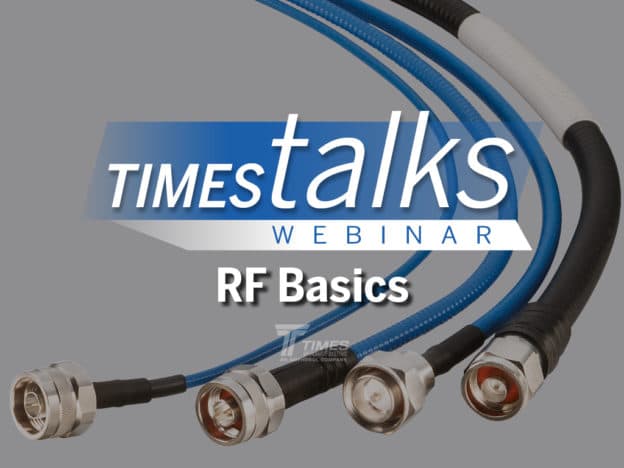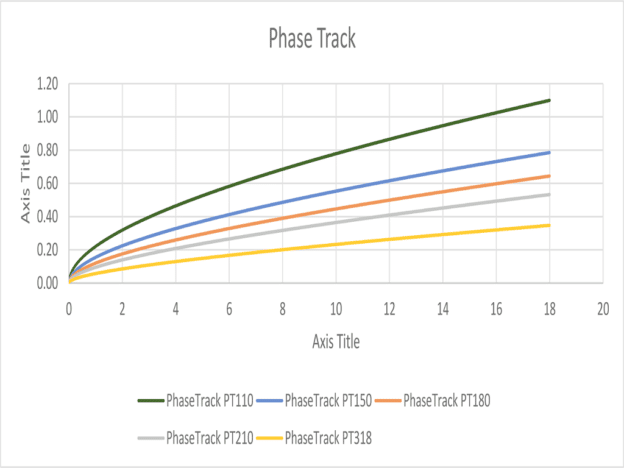Ask an Expert
| Event | Dates | Location | Booth | Show Homepage |
|---|---|---|---|---|
| DesignCon | January 31 – February 1 | Santa Clara, CA | Booth 745 | https://www.designcon.com/en/home.html |
| AFCEA WEST | February 13-15 | San Diego, CA | Booth 834 | https://www.westconference.org/West24/Public/Enter.aspx |
| SpaceCom 2024 | March 6-7 | Farnborough International Exhibition & Conference Centre, UK | https://space-comm.co.uk/ | |
| Satellite | March 19-21 | Washington, DC | Booth 1127 | https://www.satshow.com/ |
| IWCE | March 27-28 | Orlando, FL | Booth 1105 | https://iwceexpo.com/ |
| Space Symposium | April 8-11 | Colorado Springs, CO | https://www.spacesymposium.org/ | |
| Xponential | April 23-25 | San Diego, CA | Booth 4452 | https://www.xponential.org/xponential2024/public/enter.aspx |
| SpaceTech | May 13-15 | Long Beach, CA | Booth 7037 | https://www.spacetechexpo.com/ |
| AOC Europe 2024 | May 13-15 | Oslo, Norway | E35 | https://www.aoceurope.org/ |
| IMS | June 18-20 | Washington, DC | Booth 1004 | https://ims-ieee.org/ |
| Eurosatory | June 17-21 | Paris, France | https://www.eurosatory.com/en/ | |
| RSSI | July 9-10 | Louisville, KY | Booth 1264 | https://www.remsa.org/2024remsarssi |
| MSPO Poland | September 3-5 | Poland | https://www.targikielce.pl/en/mspo | |
| European Microwave Week | September 22-27 | Paris, France | Booth 807B | https://www.eumweek.com/conferences/general_info.html |
| InnoTrans 2024 | September 24-27 | Berlin, Germany | https://www.innotrans.de/en/ | |
| AUSA | October 14-16 | Washington, DC | https://meetings.ausa.org/annual/2024/index.cfm | |
| SPCD 2024 | October 15-18 | Noordwijk, The Netherlands | https://www.spcd.space/ | |
| SpaceTech Bremen | November 19-21 | Bremen, Germany | https://www.spacetechexpo-europe.com/ |





Three properties define the attenuation of a coaxial cable: the conductivity of the conductors, the dielectric constant, and the diameter of the cable. In general, larger-diameter cables provide lower attenuation per unit length than comparable smaller-diameter cables, but this comes at the cost of increased mass and a wider minimum bend radius. Larger cables cannot be bent as tightly as smaller cables, and an overly tight bend will cause the cable to become oblong or, worse, to kink, causing an impedance mismatch and excessive return loss. A primary decision for designers is to balance the contribution of cable loss to their RF link budget with the mechanical considerations for system size and mass.
High-conductivity materials such as copper and silver provide low attenuation per unit length but are often heavy or expensive. Lighter-weight materials such as stainless steel and aluminum reduce overall mass but are poor conductors. Cable manufacturers frequently optimize their conductor designs by cladding or plating a lightweight, low-cost base metal with higher-conductivity copper or silver for the RF path.
A lower-loss dielectric generally will be lighter because it incorporates more air into the media. More air in the dielectric material lowers the effective dielectric constant of the total media and brings the loss closer to the ideal performance of a wave traveling in a vacuum.
Interested in receiving email newsletters and other updates from Times? Subscribe now!